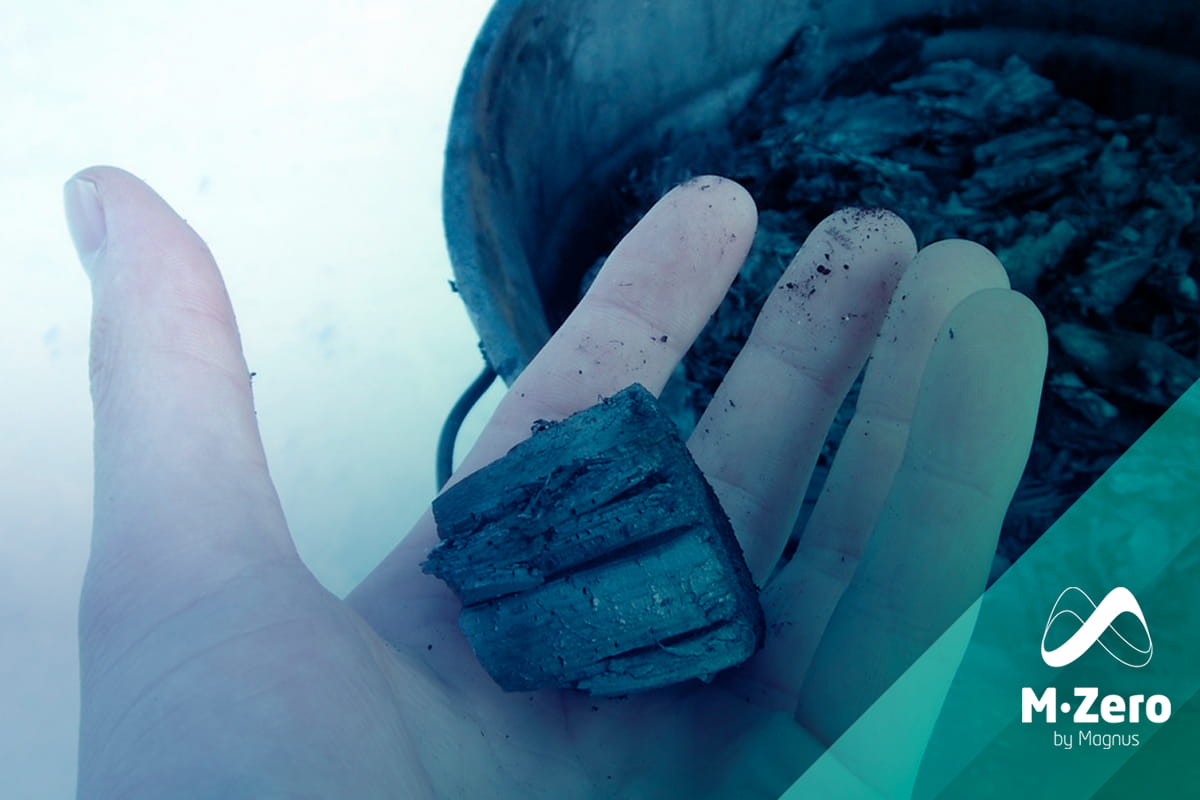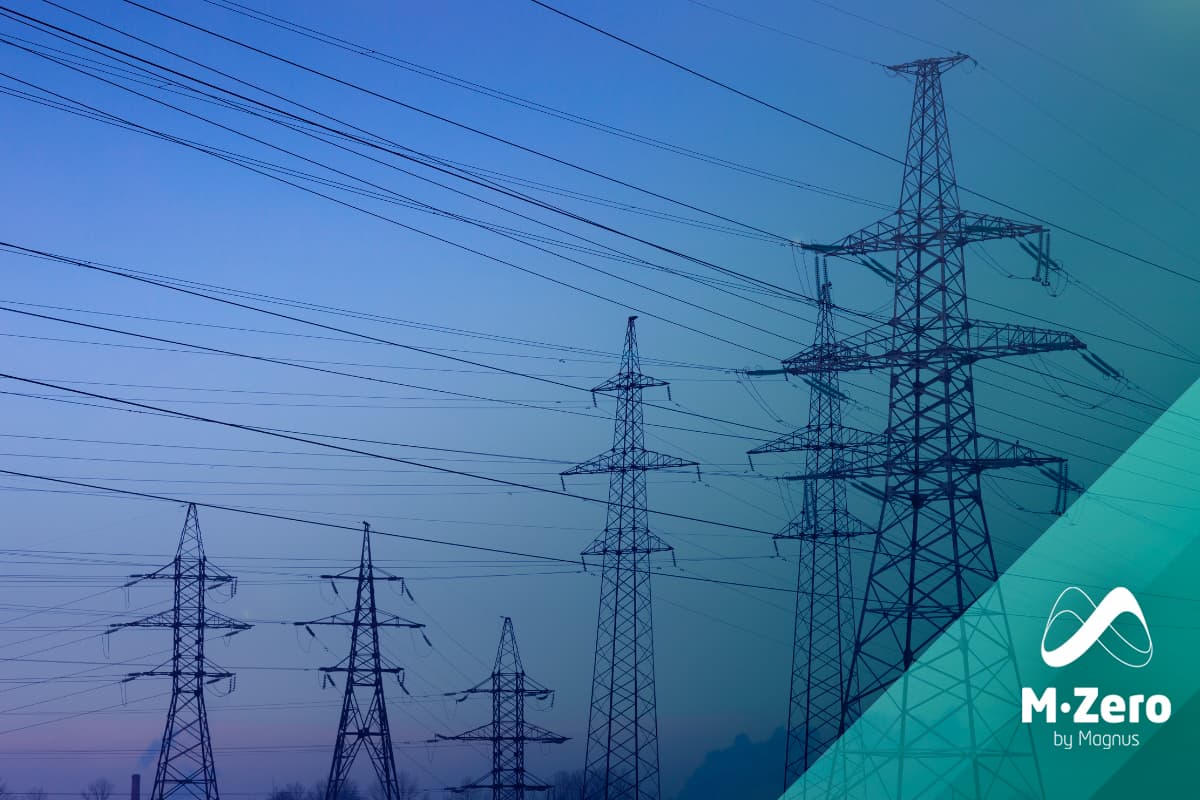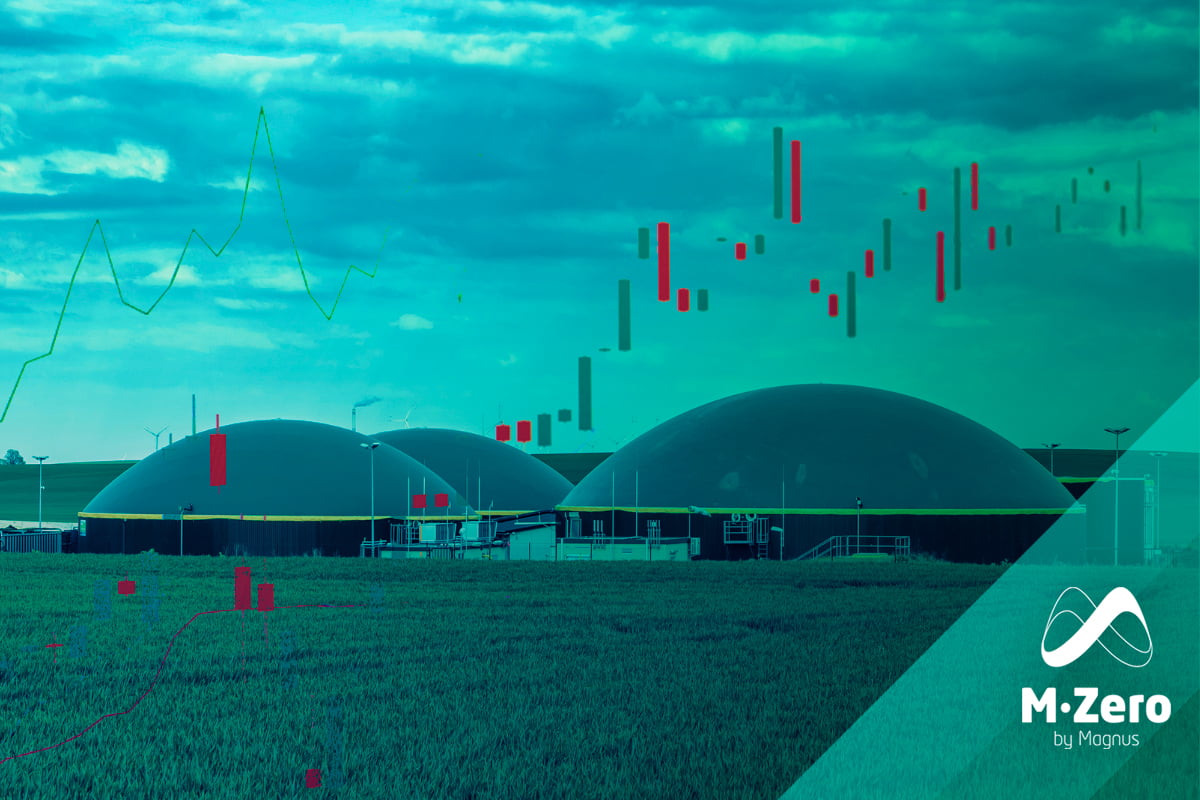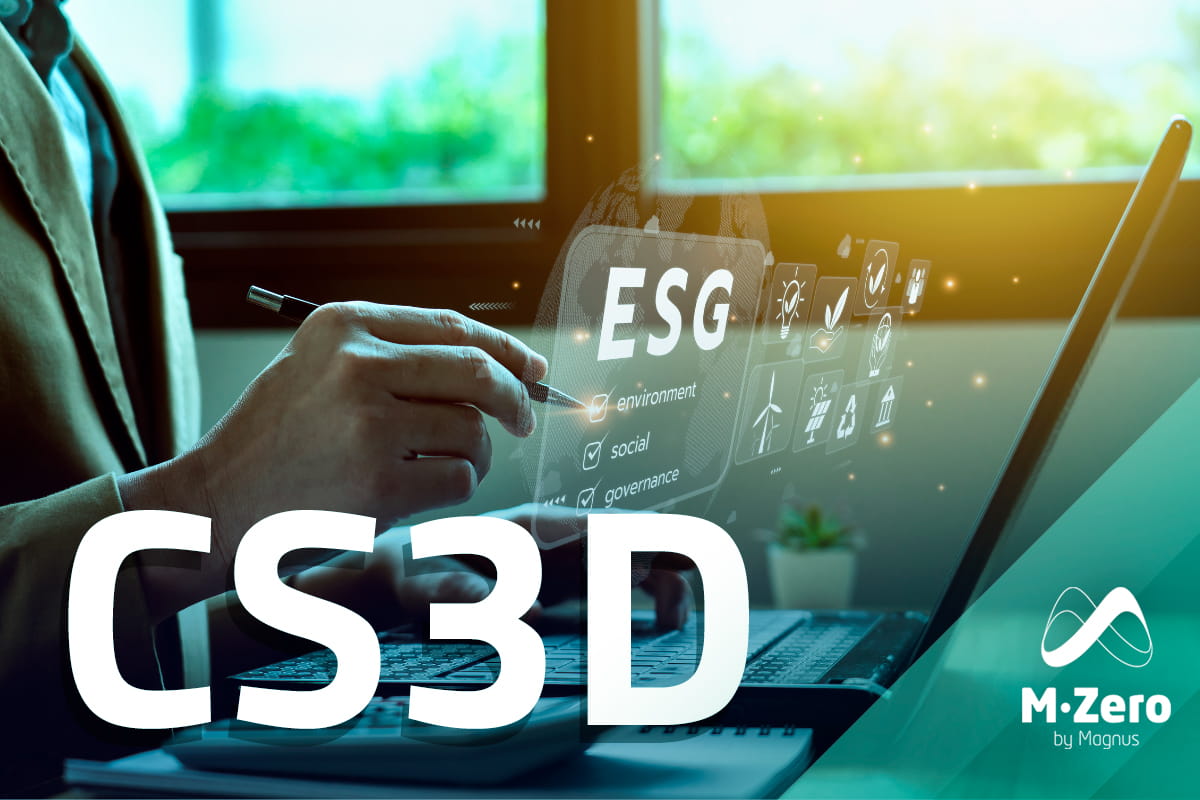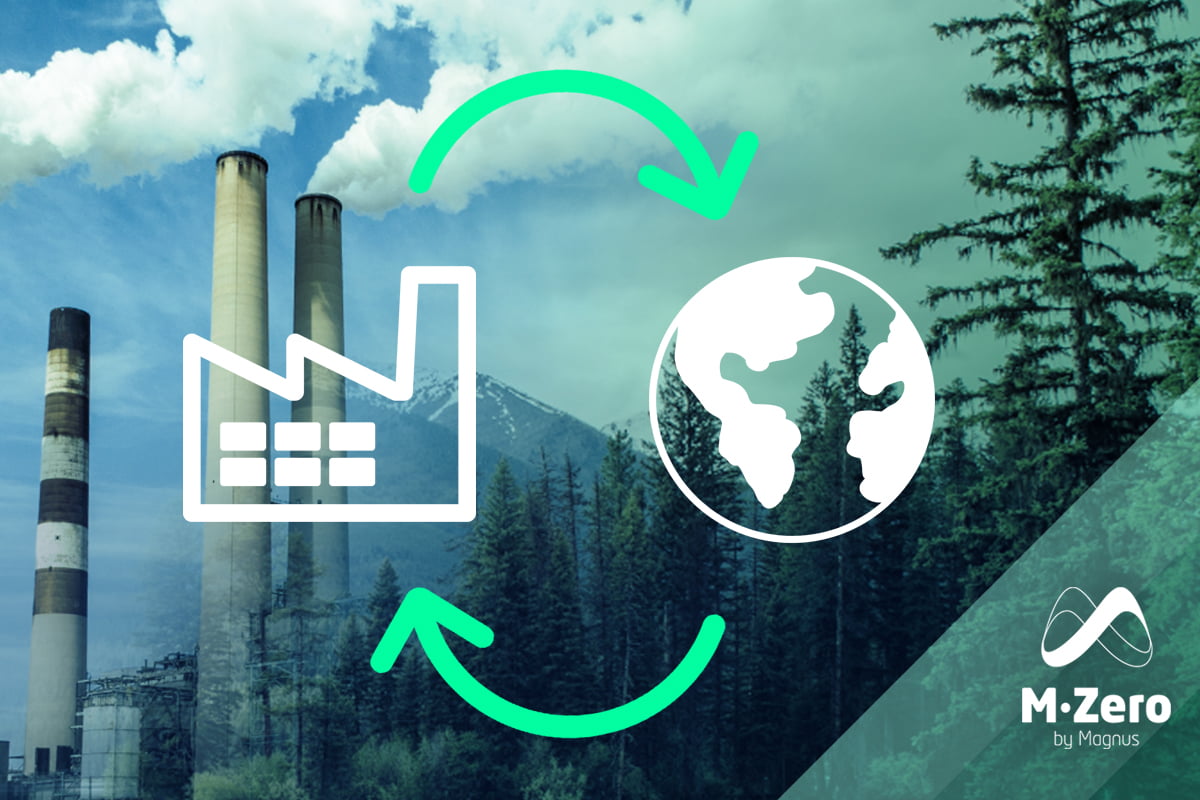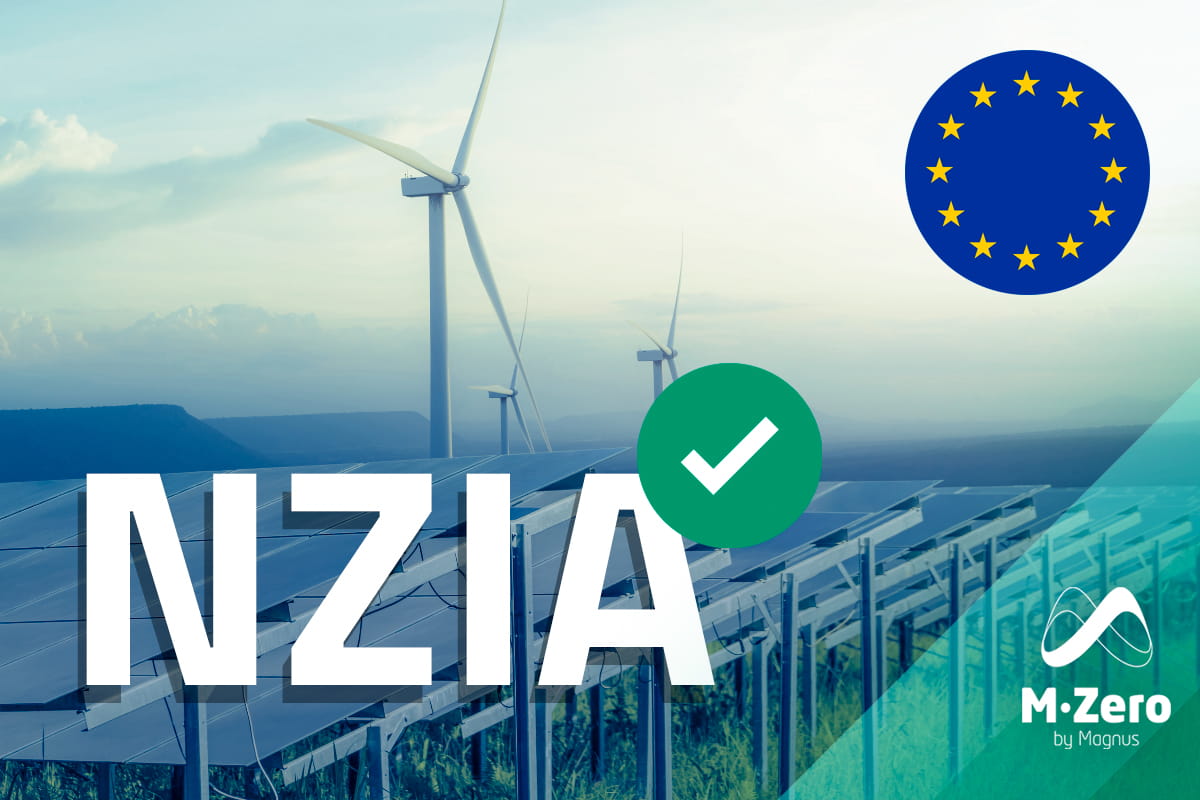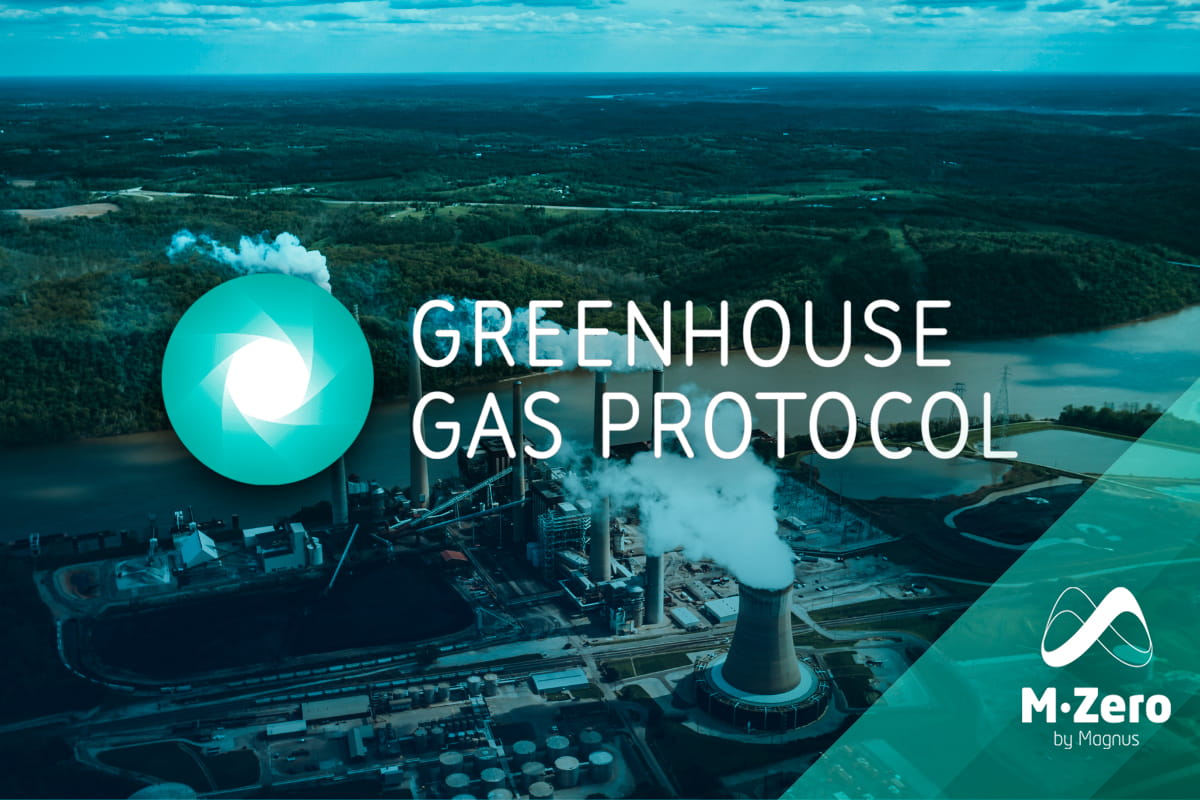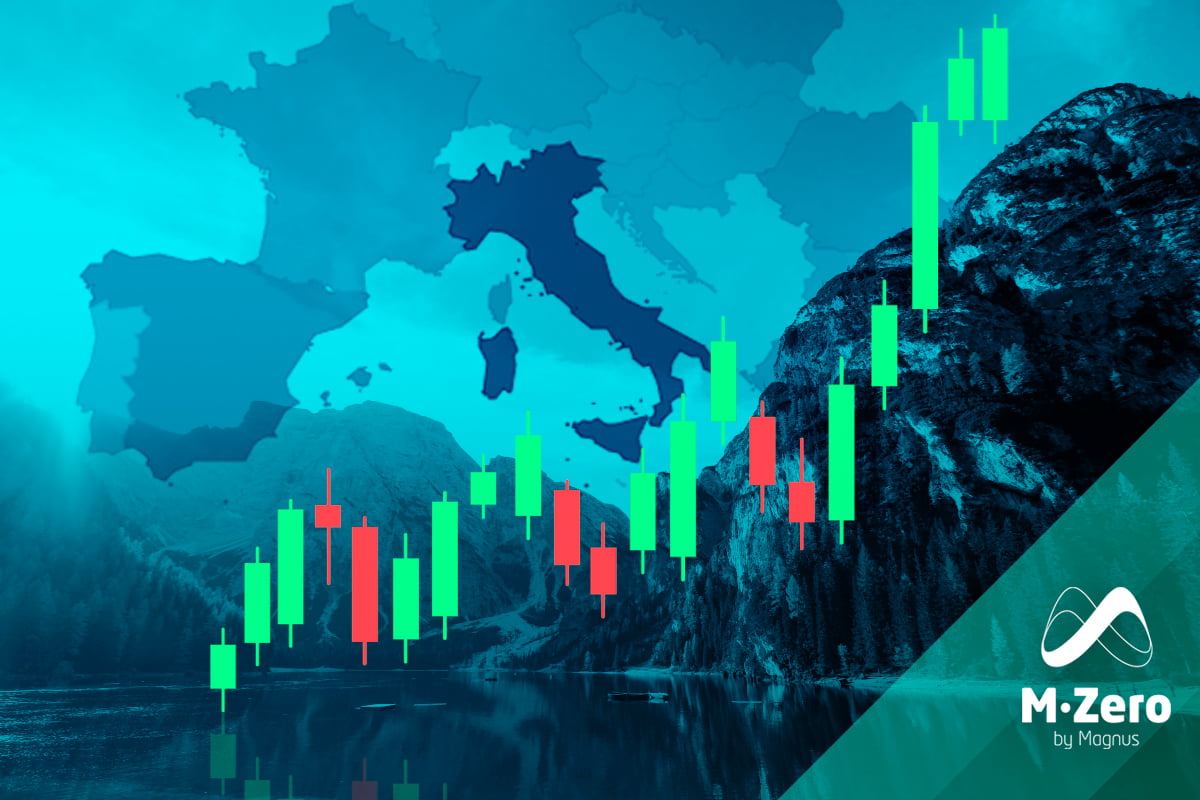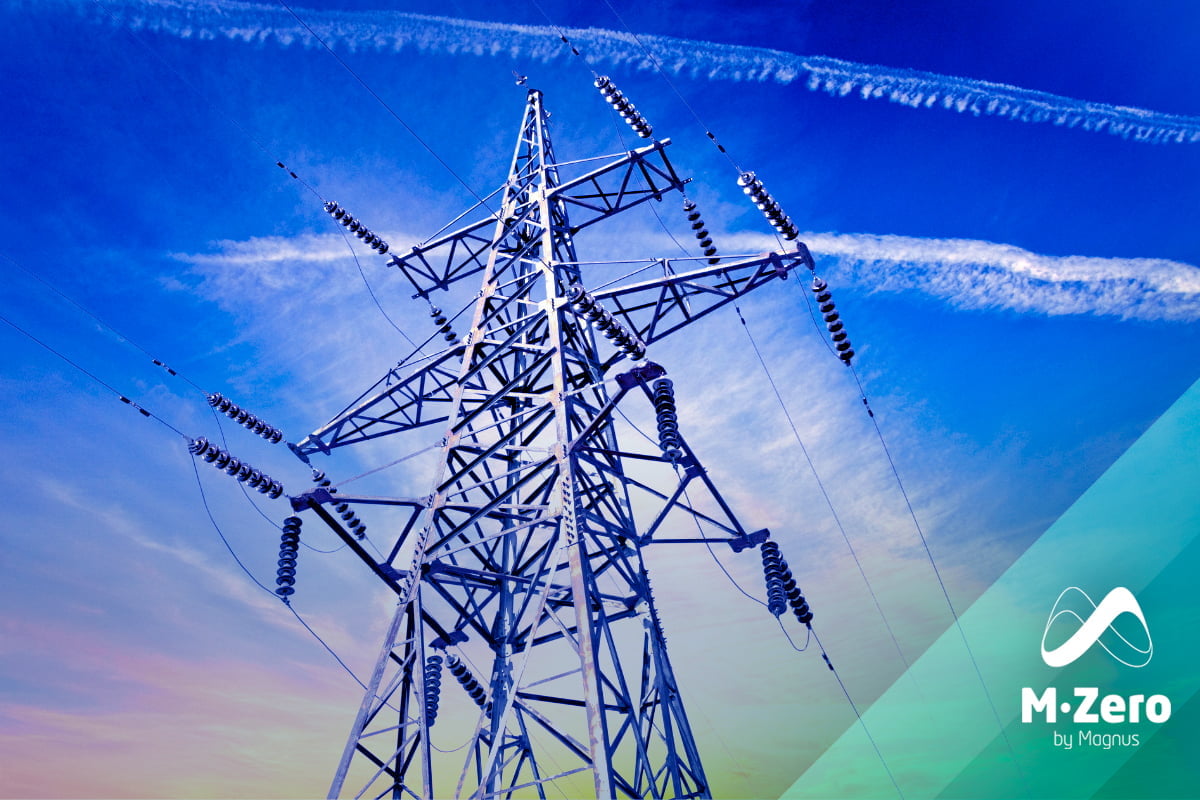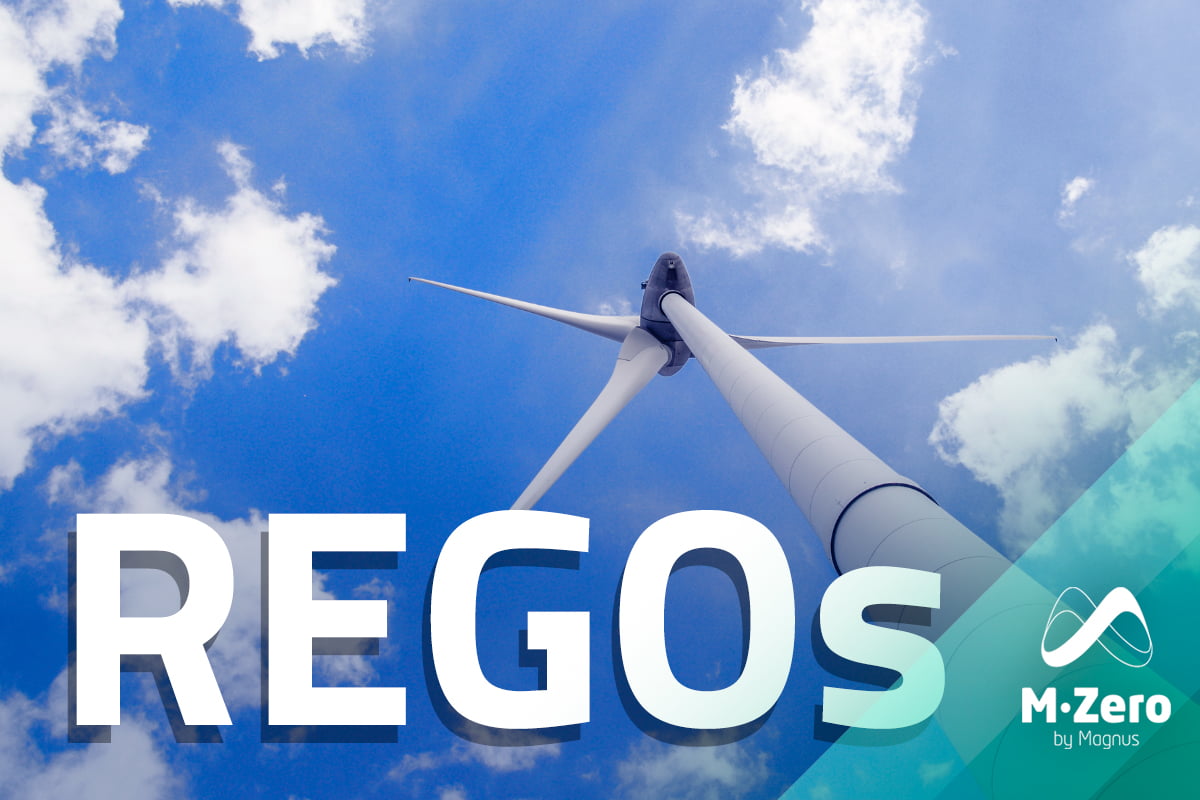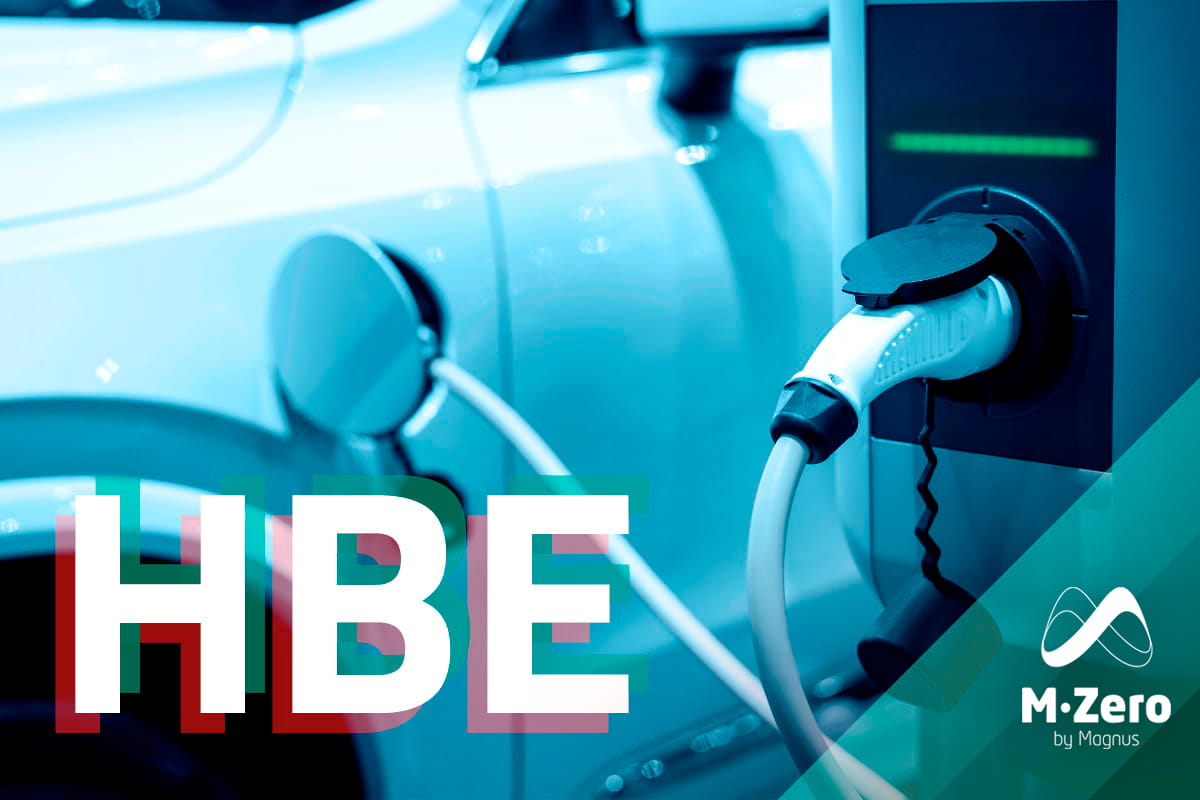
The age of clean technology manufacturing offers big opportunities for the countries that embrace it, including positive synergies with climate and energy security goals, as well as benefits for economic growth.
The majority of announced manufacturing projects across most key clean energy technologies do not have committed investments. According to IEA, in the United States, for example, almost 40% of the announced battery factories are under construction whereas the figure is just 2% for electrolysers. In Europe, the equivalent figures are around 10% and 15% respectively. However, such manufacturing facilities can be brought online with relatively short lead times – around 1-3 years on average – meaning that deployment can rapidly scale up if support is maintained.
In a time of great change, project developers and investors are looking for supportive policies that can give them an edge in different markets. Examples over the past year include the Inflation Reduction Act in the United States, the Net Zero Industry Act in the European Union, and several milestones in Japan’s Green Transformation program. Together with China’s latest Five-Year Plan (2021-2025) and India’s Production-Linked Incentives program, these policies are transforming industrial policy on clean energy technologies and reshaping the balance of global trade.
AGREEMENT
The Council and the European Parliament reached on 06 February 2024 a provisional agreement on a regulation establishing a framework of measures to strengthen the Net-Zero Industry Act (NZIA). According to the adopted agreement, there will be a single list of technologies, with criteria for selecting strategic projects in those technologies that will best contribute to decarbonization.
This list includes, among others, all renewable technologies, electricity grids, technologies for industrial decarbonization and energy storage technologies. The agreement introduces simplified rules on construction permit procedures, the creation of net zero industrial valleys, and greater clarity on the criteria for public procurement and auctions.
IMPULSE
The Net-Zero Industry Act is an important step in creating the ecosystem needed to boost clean technology manufacturing. A considerable amount of clean energy technology is needed to help achieve Europe’s 2030 and 2050 climate targets.
Progress towards the Act’s targets will be measured by two indicative benchmarks: reaching 40% of the production required to meet the EU’s needs in strategic technology products and their evolution compared to global production of products such as solar photovoltaic panels, wind turbines, batteries, and heat pumps; plus, a specific target for CO2 capture and storage.
MAIN ELEMENTS
Among the main elements of the agreement reached is that projects identified as having the greatest decarbonization potential will benefit from fast-track permitting procedures for construction or expansion and guidance on accessing finance.
The timeframe for submitting a permit to build or expand large net-zero technology manufacturing projects (over 1 GW), as well as those not measured in gigawatts, will be a maximum of 18 months. For smaller projects (less than 1 GW), the deadline for submitting the permit will be 12 months. However, shorter deadlines will be established for strategic projects.
On the other hand, the agreement is committed to industrial valleys and public procurement. Among other issues, the agreed law regulates the use of schemes that incentivize the purchase of net zero technology products and defines contributions to sustainability and resilience in public procurement procedures.
Furthermore, the interim agreement establishes that when an EU Member State designs an auction for the deployment of renewable energy technologies, it may apply both pre-qualification and award criteria that are not related to price, such as environmental sustainability, contribution to innovation or integration of energy systems. These criteria should apply to at least 30% of the volume auctioned each year per Member State.
POLICY FRAMEWORK
Policy frameworks are not the only factor influencing change in technology manufacturing. One of the main factors differentiating the competitiveness of energy-intensive industrial sectors in different countries, and hence their attractiveness to manufacturers, is the cost of energy. This is especially true for natural gas and electricity, the prices of which vary significantly from country to country.
If you found it interesting, please share it!
Recent Articles









